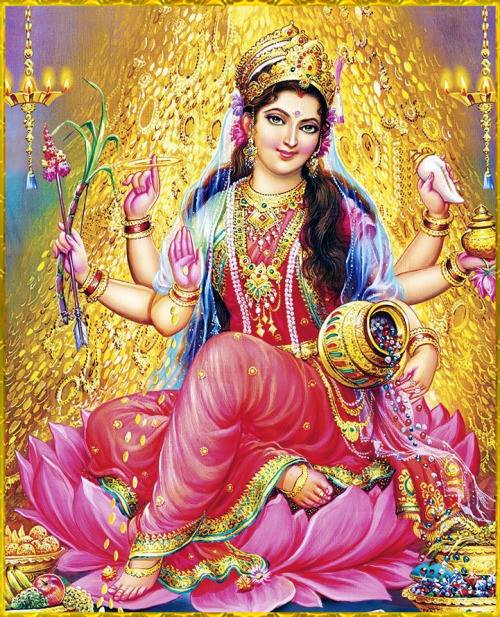Throughout history, humankind has grappled with the concept of the divine, shaping and reshaping the images of God in response to cultural shifts, personal experiences, and societal needs. The diverse representations of God span from the anthropomorphic deities of ancient civilizations to abstract notions of the divine in modern spirituality. These images reflect not only theological beliefs but also the hopes, fears, and aspirations of people across different times and places.
In exploring the spectrum of God images, we uncover a rich tapestry that reveals deep insights into the human experience. Each portrayal carries a unique narrative, often influenced by historical events, philosophical ideas, and the collective psyche of communities. From the wrathful God of the Hebrew Scriptures to the loving, personal deity found in many contemporary faiths, our understanding of the divine is continually being redefined, inviting both reflection and dialogue among believers and seekers alike.
Historical Perspectives on God Images
Throughout history, the understanding and representation of God have evolved significantly across cultures and religions. In ancient civilizations, deities were often personified through various forms and symbols, allowing followers to connect with the divine in tangible ways. For instance, in Egyptian mythology, gods were often depicted with animal heads, merging human and animal qualities to represent their divine attributes. This anthropomorphic representation provided a means for people to visualize and engage with the divine, reflecting their values and beliefs.
In contrast, the emergence of monotheistic religions brought about a shift in the representation of God. In Judaism, Islam, and Christianity, the idea of an abstract, formless deity became predominant. The use of images to depict God was often discouraged or forbidden, as seen in the Second Commandment of the Bible and the aniconic traditions in Islamic teaching. This led to a reliance on symbolic representations and metaphors to convey the nature of God, emphasizing attributes such as omnipotence, omniscience, and unconditional love rather than physical forms.
The Renaissance marked another pivotal moment in the history of God images, as artists began to explore the tension between divine transcendence and earthly representation. The works of artists like Michelangelo and Raphael illustrated biblical narratives, humanizing figures of God, Christ, and the saints. These artistic endeavors aimed to create a more relatable understanding of the divine, allowing worshippers to see themselves in the narratives of faith. Such depictions facilitated a personal connection to God and highlighted the complexity of divine imagery within human experience.

Cultural Influences on Perceptions of the Divine
Cultural backgrounds significantly shape how different societies understand and visualize the divine. In many Indigenous cultures, spirituality is often interwoven with nature, leading to images of God that reflect the natural world, such as animals, trees, and celestial bodies. https://www.metooo.com/u/66fb0d4bf593185a1d158b10 emphasize harmony and interconnectedness, illustrating a divine presence that permeates all aspects of life. In contrast, monotheistic traditions, such as Christianity, Islam, and Judaism, often envision God as a singular, transcendent being, which affects not only their theological concepts but also their artistic interpretations of the divine.
Moreover, the historical and social contexts in which religious beliefs develop can influence the images of God that emerge. For example, during periods of conflict or suffering, people might envision God as a warrior or protector, embodying strength and resilience. Conversely, in times of peace and prosperity, depictions might lean toward images of benevolence and compassion. This adaptability reflects the needs and aspirations of the believers, suggesting that God images are not static but evolve in response to changing cultural and societal dynamics.
Finally, the advancements in technology and communication have broadened the horizons of how individuals perceive the divine. In a globalized world, exposure to diverse beliefs can lead to a blending of images and concepts, fostering a more pluralistic view of God. People may adopt elements from various faith traditions, creating hybrid representations that resonate with their personal experiences. This interchangeability highlights the fluid nature of God images and emphasizes that perceptions of the divine are deeply rooted in the cultural narratives that shape our understanding of existence.
The Psychological Impact of God Images
The way individuals perceive God can heavily influence their psychological well-being. For many, a personal and nurturing image of the divine can foster a sense of security, love, and belonging. This positive God image often contributes to increased resilience in facing life's challenges, as people draw strength from their faith. Conversely, a judgmental or distant depiction of God may lead to feelings of anxiety, guilt, and inadequacy. https://intensedebate.com/people/dibbleswan55 triggered by these images can significantly shape one's mental health and coping mechanisms.
Furthermore, God images can affect interpersonal relationships and community dynamics. Individuals who view God as compassionate and supportive are more likely to exhibit those traits in their interactions with others. This can facilitate healthy, empathetic relationships and a stronger sense of community. On the other hand, a fearful or punitive view of God may encourage individuals to distance themselves from others and promote isolation, often resulting in a cycle of negativity and mistrust within social networks.

Lastly, the evolving nature of God images can reflect and influence personal growth and transformation. As individuals navigate different life stages and experiences, their perceptions of the divine can shift, leading to profound changes in their worldviews. Embracing new God images often enables individuals to reframe their struggles and aspirations, fostering a deeper sense of purpose and understanding in their lives. Ultimately, the psychological impact of God images is a dynamic interplay that can lead to both healing and growth.
